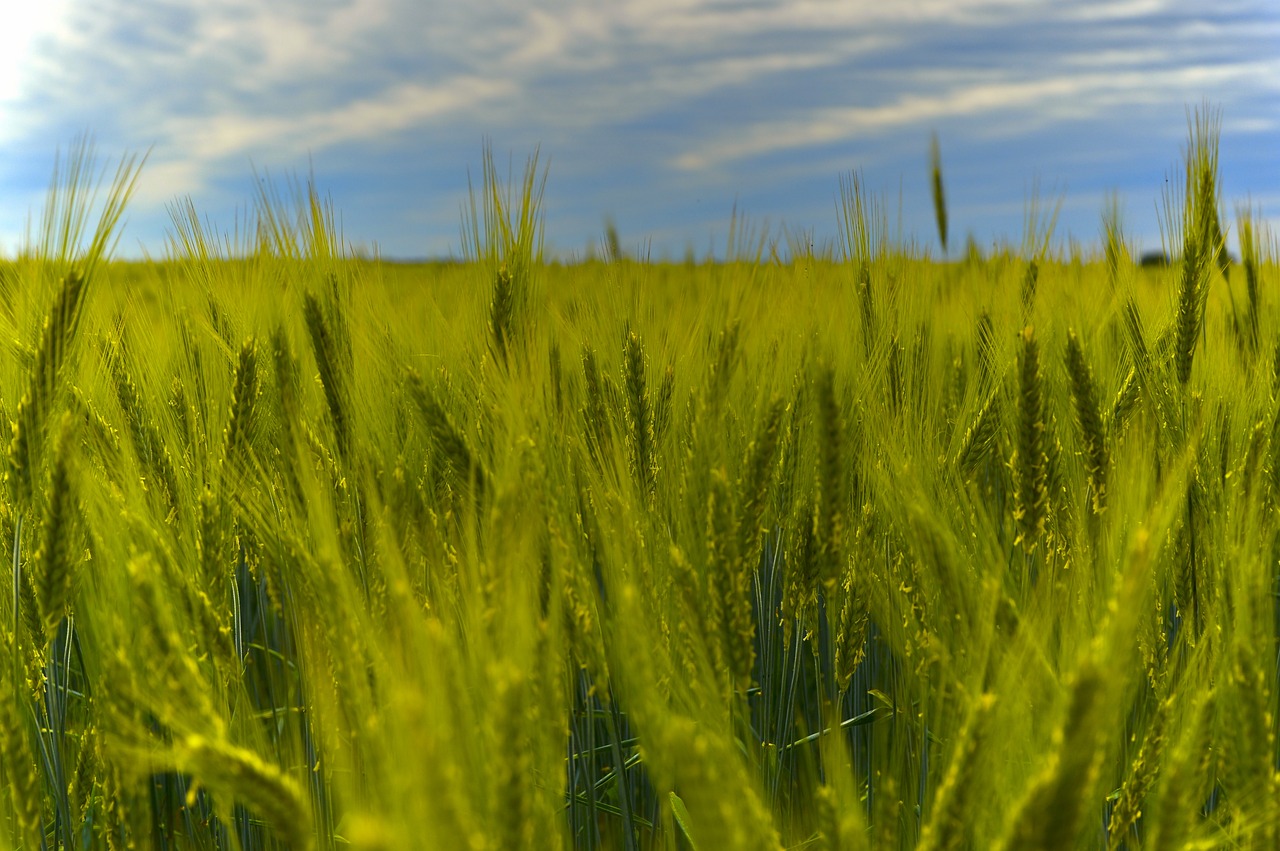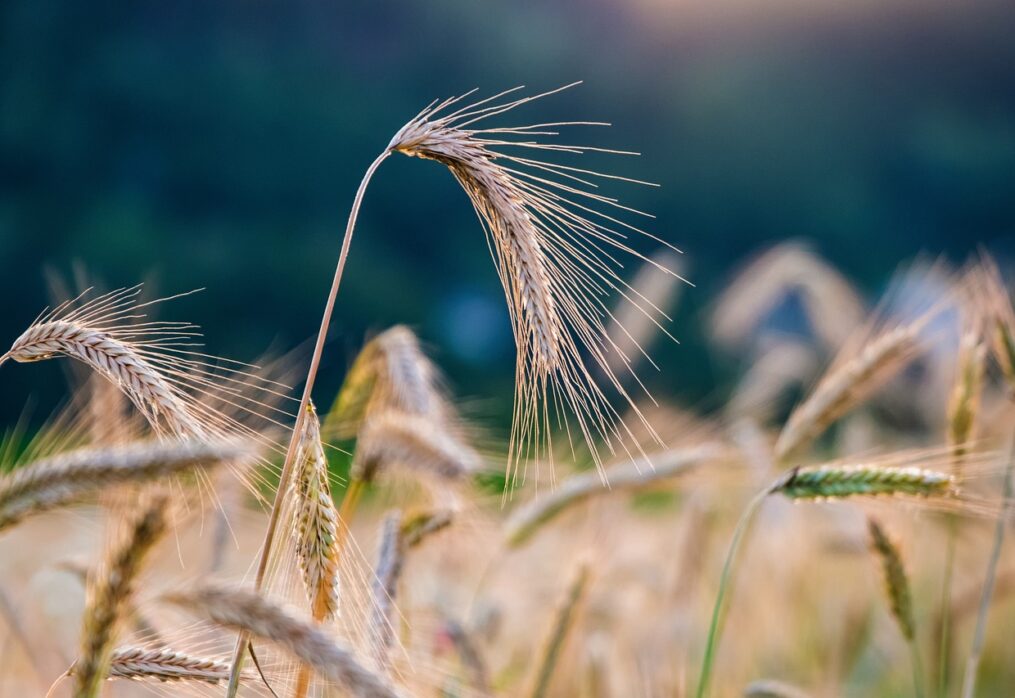German scientists: growing new rye and wheat varieties is more environmentally friendly
Growing new rye varieties will reduce the carbon footprint
Aggressive agricultural technologies are causing irreparable damage to the environment. Many countries are rethinking their approach to using such technologies and making changes to farming practices. Growing rye and wheat crops are showing promising results. Experts have managed to reduce carbon emissions.
Scientists at a German research institute analysed the carbon footprint of producing these crops over 30 years. They found that modern varieties reduced emissions by 13-23% compared to seed varieties widely used in the 1980s. New approaches to rye production have shown better results than those for wheat.
In Germany, carbon emissions from agriculture account for about 8% of total greenhouse gases. At the same time, the agricultural sector suffers most from adverse climate change. More than any other sector, agriculture has a stake in reducing the environmental damage caused by human activities. One solution could be to develop new crop varieties that are more environmentally friendly.
Advantages of new varieties
Modern rye and wheat varieties with high fungal resistance have the lowest carbon footprint. They do not require fungicides. This is what research has shown.
It should be noted that scientists have been studying new varieties for many years. However, previous studies focused on the ability of these varieties to ensure food security. Now experts are analysing the feasibility of using modern varieties for climate purposes. In both cases, the cultivation of new varieties of rye and wheat is currently the optimal solution for achieving high yields with minimal damage to the climate.
Scientists studied cereal varieties and their growing conditions and technologies. A total of 27,652 sets of such combinations were analysed for wheat and 10,523 for rye. The results showed that greenhouse gas emissions have increased for more than 30 years due to increases in yields and harvests. However, these increases have been offset by increases in cereal production per hectare. The carbon footprint of new varieties is smaller. For example, modern rye production has reduced emissions by 20% compared to wheat production. This means that expanding rye production is more feasible from an environmental perspective. Despite these excellent results, scientists continue to develop new grain varieties. That ones are more profitable to grow, both in terms of yield and environmental impact.
